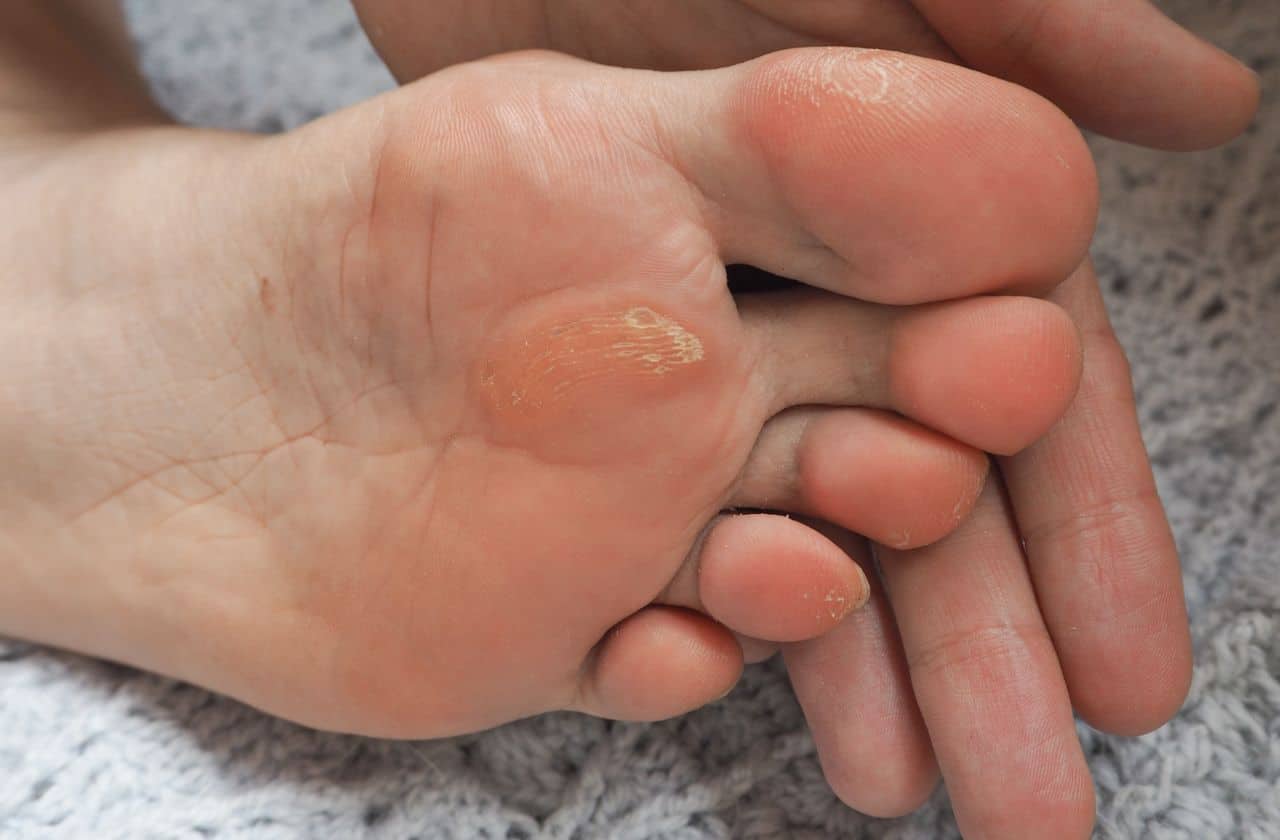Calluses are thickened, hard skin that occur on the foot in areas that receive increased friction or pressure. Corns appear as a horny thickening of the skin on the toes or beneath the foot. This thickening appears as a cone shaped mass pointing down into the skin and is often surrounded by callus. They are actually a normal and natural way for the body to protect itself (the soft tissues beneath the skin), similar to your hands. If the pressure continues the skin gets thicker and usually becomes painful.


Ready to give your feet the care they deserve? Book your appointment online or call us and experience our expert podiatry services at any of our six clinic locations.